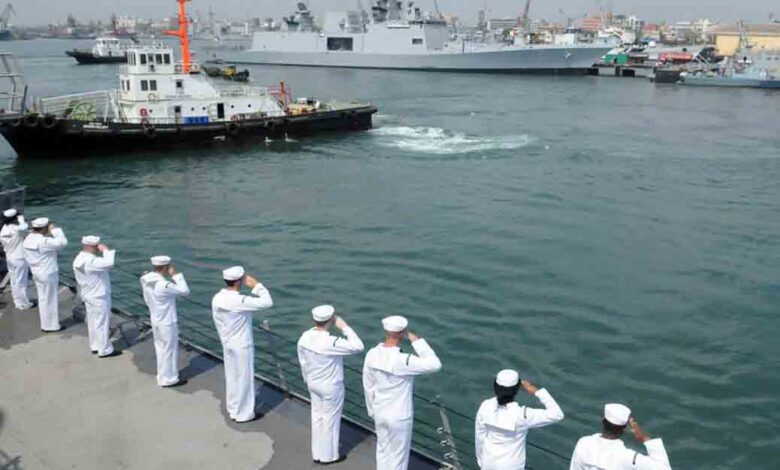Indian Navy Jobs and Recruitment: The Complete Guide To Apply

Indian Navy Jobs and Recruitment: The Complete Guide To Apply
The Indian Navy is one of the three Armed Forces of India, the other two being the Army and Air Force. It was formed on 18th December, in the year 1964.
The Indian Navy is responsible for protecting India’s coastline, as well as its economic and military interests in the vast Indian Ocean.
It has a fleet of more than 120 vessels, including 20 submarines and 16 major surface combatants. It operates a number of aircraft, including P-8I Neptune and Dornier Do 228.
The Indian Navy also has a Marine Commando unit that can carry out amphibious operations.
It is headquartered in New Delhi at RK Puram (formerly known as Flagstaff House
Introduction: What is the Indian Navy?
The Indian Navy (Hindi: भारतीय नौकरी) is the naval branch of the Indian Armed Forces. It has a strength of about 106,000 personnel and 170 commissioned ships. It operates both Western-style and traditional vessels.
The Indian Navy is one of the world’s largest navies and is also one of the world’s two blue-water navies. The navy operates a fleet of various types of aircraft carriers, destroyers, frigates, corvettes, patrol boats, amphibious warfare vessels and submarines.
The Indian Navy’s Mission
The Indian Navy’s Mission is to protect India’s maritime interests. It has a long history dating back to 1803 when the first ship was purchased. The navy was formally established in 1947, and since then it has been involved in many operations.
In recent years, the Indian Navy has been involved in anti-piracy operations off the Horn of Africa and elsewhere under Operation Atalanta. It also participated in Operation Vijay, which helped provide relief during the 2004 Indian Ocean earthquake and tsunami.
How to Join the Indian Navy?
This article discusses the Government jobs notification and eligibility criteria for joining the Indian Navy, the selection process and what to expect from it.
The Indian Navy is one of the five branches of India’s armed forces and is responsible for protecting India’s coastal areas and maritime interests. It has a total strength of about 130,000 personnel, including both officers and sailors.
The Indian Navy was established in 1947 following independence from British rule. The Navy operates more than 140 ships, including a nuclear-powered submarine that carries ballistic missiles.
The Indian Navy is headed by Admiral Sunil Lanba who succeeded Admiral Robin K Dhowan on 31 December 2016.
Eligibility Criteria:
Applicants must be citizens of India and aged between 18-28 years on 1 July 2018 (born between 2 January 1994
How to Prepare for the Indian Naval Exam?
The Indian Navy is one of the most prestigious military forces in India. To join this force, you need to pass a rigorous selection process from the Indian Navy recruitment notification exams. This includes passing a written exam and an interview.
The Indian Naval Exam is a three-stage exam that tests your knowledge of naval science and procedures. It also includes questions based on geography, history, and current events.
In order to prepare for the naval exam, you should start with the Naval Knowledge Test (NKT) which is usually conducted by the navy itself or by any other authorized agency like UPSC or SSC.
Conclusion and Takeaways
Navies in India are a very important part of the country’s defense system. They play a significant role in the security of India and its allies. They also help with humanitarian and disaster relief operations.
We have covered some of the navies that operate in India, their roles, and their importance to the country’s defense system. With this article, we have also given you some takeaways on what you should know about navies in India.
This article has given you an overview on what navies are, how they work with other branches of Indian military, how they contribute to the security of India and its allies as well as how they provide humanitarian relief to people around the world.




